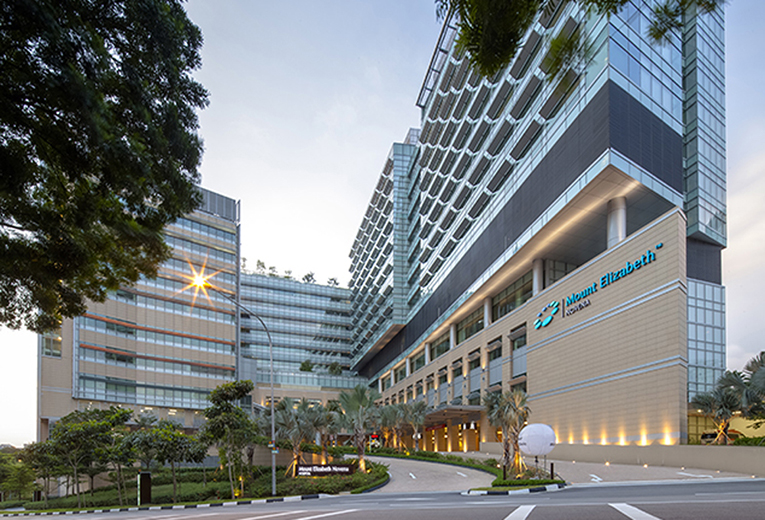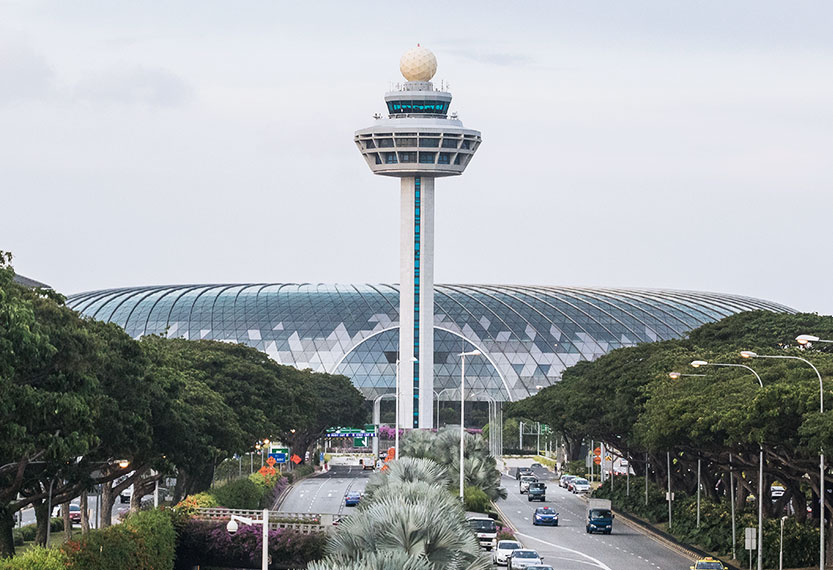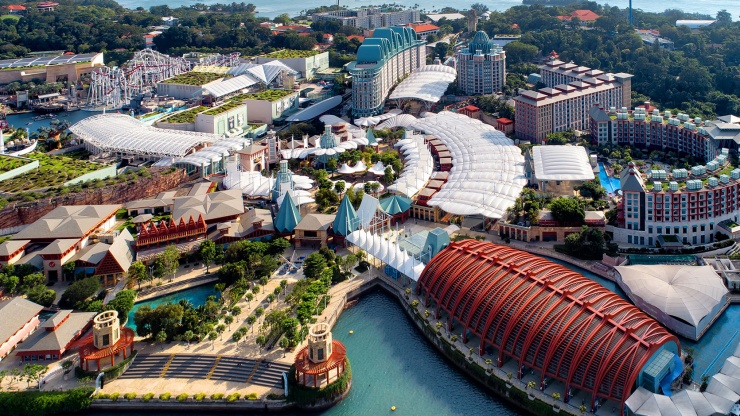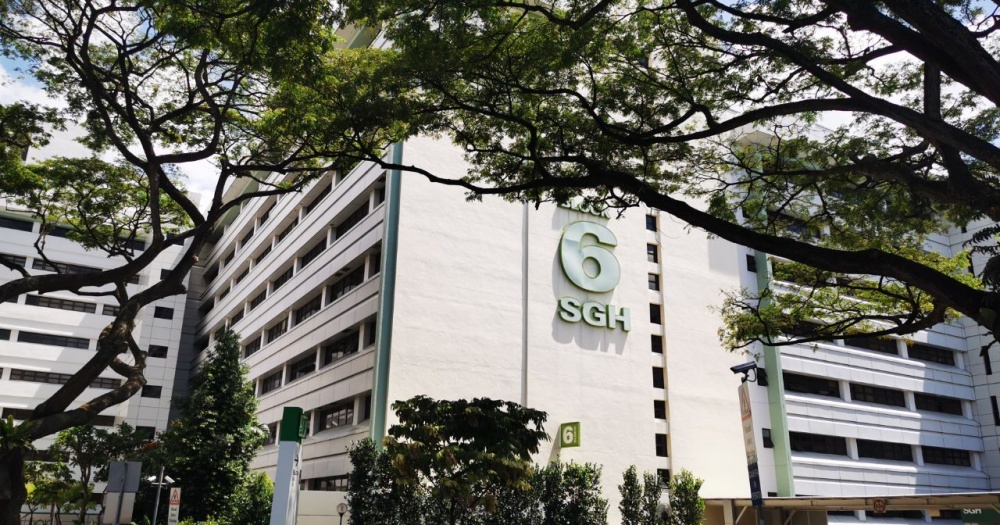Update: A previous version of this article incorrectly stated that Case 83 is unconnected to previous reported cases, or clusters. MOH's update on Feb. 23 stated that he is linked to the Life Church & Missions Singapore cluster.
Contact tracing is underway for these nine locally transmitted cases to establish any links to previous cases or travel history to mainland China.
It has been one month since Singapore's Ministry of Health (MOH) announced its first confirmed case of Covid-19: a traveller from mainland China. Since then, the ministry has been busy tracking and containing the virus outbreak.
As of Feb. 23, there are 89 reported cases of Covid-19 in Singapore. More than half (51, to be exact) have so far been discharged.
Most of the cases thus far can be traced to one of five clusters in Singapore, people who had close contact with infected patients, or recent travel history to China.
But every now and then, a case came up with no discernible connection to any existing other cases.
There were nine of these: cases 29, 32, 35, 37, 43, 46, 64, 85, 89.
As of Sunday, Feb. 23, MOH epidemiologists have still not been able to determine any links between these nine and other reported cases. Could it be possible that they were infected by unreported cases? If so, are there undiagnosed cases of Covid-19 wandering around in public?
The first 2 completely unconnected cases
The first case with no links — Case 29 — was reported on Feb. 6.
According to MOH, the 41-year-old Singaporean developed a fever on Jan. 28 and visited two GP clinics before he was admitted to Mount Elizabeth Novena Hospital on Feb. 3. He was diagnosed on Feb. 5.
 Case 29 -- seemingly unrelated to any other reported cases -- was admitted to Mount Elizabeth Novena on Feb. 5. Via Medigence
Case 29 -- seemingly unrelated to any other reported cases -- was admitted to Mount Elizabeth Novena on Feb. 5. Via Medigence
One day after Case 29 was reported, the second unconnected case, Case 32, was announced by the ministry.
The 42-year-old Victoria Junior College teacher reported onset of symptoms on Feb. 2 and was admitted to Parkway East Hospital on Feb. 5. She was diagnosed on Feb. 6.
Apart from Victoria Junior College, she went to Changi Airport and the Singapore Zoo before her admission and isolation.
This opens up a couple of possibilities. Did Case 32 catch the virus from someone — a traveller, perhaps — at the airport or the zoo?
The implications are a contact-tracing nightmare for the ministry. What if the spreader visited a crowded hawker centre? What if he/she squeezed with other commuters on an hour-long train ride from Changi to Jurong?
 Case 32 visited Changi Airport and the Singapore Zoo before she was diagnosed with Covid-19. Via Changi Airport.
Case 32 visited Changi Airport and the Singapore Zoo before she was diagnosed with Covid-19. Via Changi Airport.
The three drivers
Speaking of transport, three of the completely-unconnected cases work as drivers. Cases 35 and 64 are taxi drivers while Case 37 is a Private Hire Vehicle (PHV) driver.
While the latter stayed largely at home after the onset of his symptoms, both Cases 37 and 64 continued working before they were admitted to hospital.
Contact tracing is presumably easier to do with a PHV driver since records of riders are logged with the ride-hailing company.
On the other hand, it's more difficult to trace passengers who take taxis — especially if they're cash-paying, street-hailing passengers — since they don't leave any record of themselves.
The transport companies have also put in place measures to protect their drivers and passengers. On the day Case 35 was reported, Grab announced the suspension of its GrabShare service.
Drivers — both private-hire and taxi — are also required to take their temperatures daily. They have been advised to disinfect their vehicles more frequently and wind down their windows after each ride for better ventilation.
2 work at Resorts World Sentosa
Elsewhere, we also learned that two unconnected Covid-19 cases work at Resorts World Sentosa, one of Singapore's biggest tourist attractions.
It is worth noting that at least four of Singapore's imported cases of Covid-19 from China visited Sentosa. It (certainly in particular its casino) is a popular destination among Chinese tourists.
MOH did not provide much information about these cases, though.
What we know is that Case 43, a 54-year-old Singaporean, made at least one trip to Resorts World Sentosa before he was admitted to Sengkang Hospital on Feb. 7.
Similarly, Case 46, a 35-year-old Singapore Permanent Resident, went to work at Resorts World Sentosa — this time at its casino — before he was admitted to Tan Tock Seng Hospital on Feb. 9.
 2 unconnected cases work at Resorts World Sentosa, a popular tourist destination. Via VisitSingpore
2 unconnected cases work at Resorts World Sentosa, a popular tourist destination. Via VisitSingpore
Both RWS workers also have travel history to Malaysia
But interestingly, the two RWS employees have travel history to Malaysia, which of course widens the avenues of transmission.
According to MOH, Case 43 was in Malaysia on Jan. 26 while Case 46 lives in Johor Bahru (which we take to mean that he commutes to Singapore often)
Which leaves us with the last two.
3 discharged, 6 still in isolation
The last two unconnected cases, Cases 85 and 89, are truly an enigma because to the best of our knowledge, they did not visit any high-density areas (e.g. tourist attractions) or work in high-risk jobs (e.g. driving).
Case 85 is a Chinese national who holds a Singapore Work Pass. He told MOH that he had stayed mostly in his rental flat in Woodlands before his admission.
Case 89, a Singapore Permanent Resident, works at Suntec and and visited Bishan Community Club.
Both told MOH that they have no recent travel history to China. More baffling is the fact that they — alongside all the other cases we talked about — haven't been linked to any known cases as of Sunday (Feb. 23).
But the ministry has been busy. As of Sunday (Feb. 23), it has identified and quarantined 2,812 close contacts of existing confirmed cases. More than half (1,904) have completed their quarantine.
In addition, we currently (as of Feb. 23) have more discharged cases (51) than still-warded cases (38). Of the nine un-linked cases, six are still in hospital while three have been discharged. But that still doesn't resolve the question of how they were infected in the first place.
What makes all this more disconcerting is the fact that in Wuhan, several confirmed cases that initially recovered from the viral infection came down with it again:
https://mothership.sg/2020/02/wuhan-virus-patients-quarantined-again
Perhaps the answers will turn up over the next few days or weeks. Maybe we won't ever know. Hopefully, if everyone does their part to stay healthy and socially responsible, we will be able to ride out this outbreak soon.
Top image by Zheng Zhangxin.
If you like what you read, follow us on Facebook, Instagram, Twitter and Telegram to get the latest updates.
